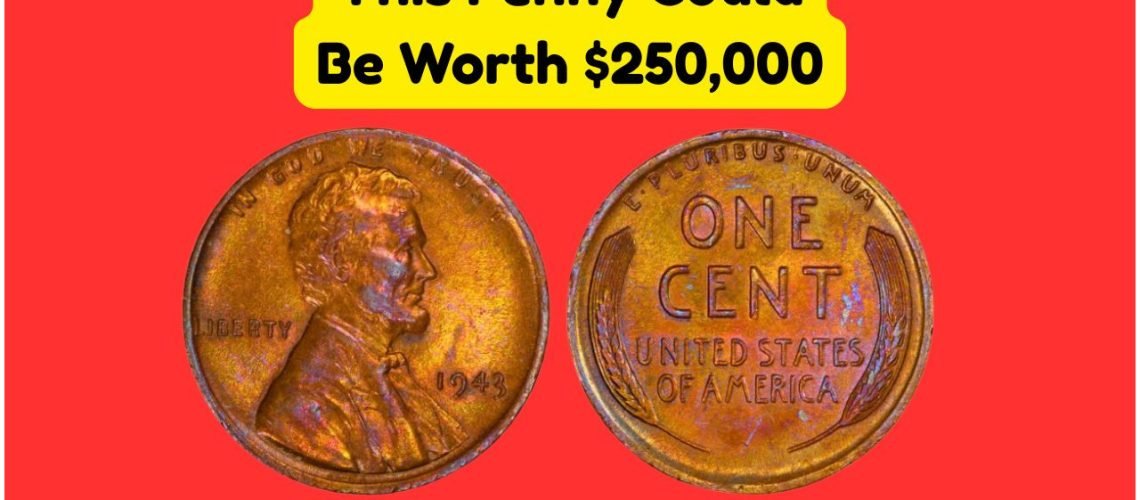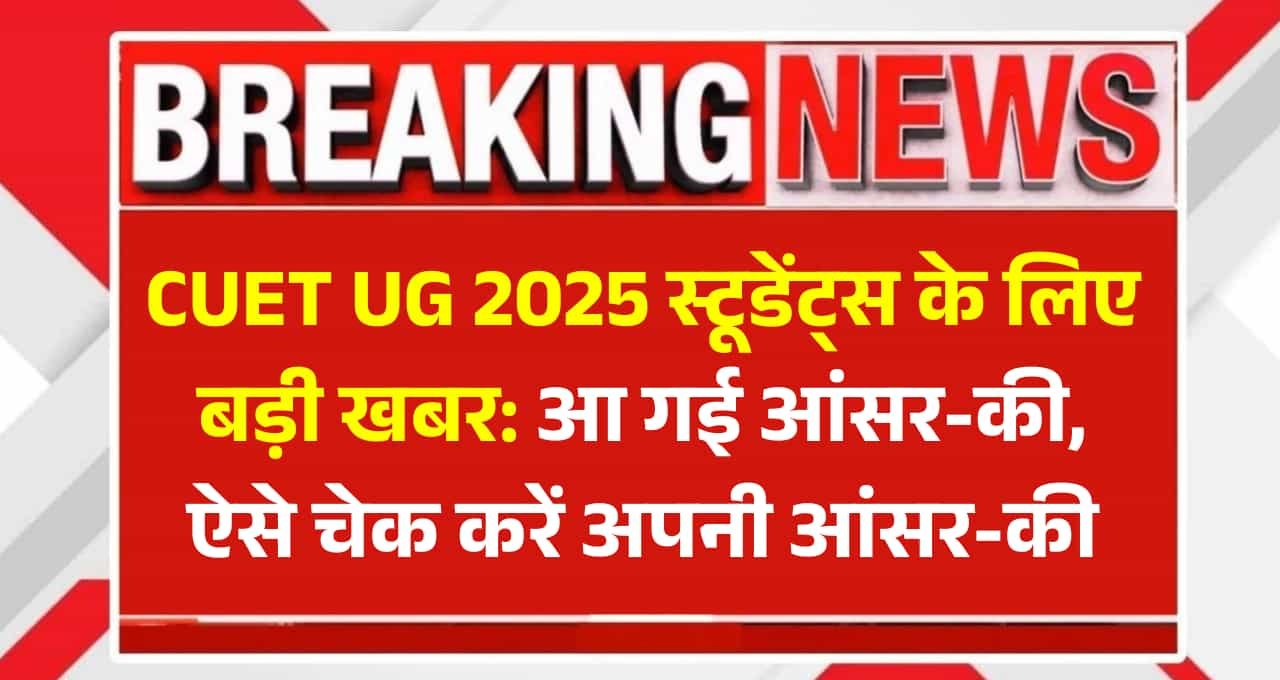Lincoln Wheat Penny Value
Table of Contents
Toggle
Exploring the Value of a Lincoln Wheat Penny
Could that Lincoln Wheat Penny in your pocket be worth a small fortune? The Lincoln Wheat Penny, minted from 1909 to 1958, is not just another coin; it’s a piece of history that could potentially fetch up to $33,000. Coin collectors and enthusiasts often seek these pennies due to their historical significance and potential high value. But how can a simple penny be worth so much? The value of a Lincoln Wheat Penny largely depends on its rarity, condition, and any unique features it might possess. Therefore, understanding the factors that influence its worth is crucial for anyone holding onto these coins.
- Rarity of the coin
- Minting errors
- Historical significance
- Condition of the penny
- Demand among collectors
- Year of minting
- Mint mark
Key Factors That Determine a Lincoln Wheat Penny’s Worth
- Condition: A well-preserved penny often fetches a higher price.
- Year: Certain years are more sought after due to lower mint numbers.
- Mint Mark: Identifies the mint location and can affect value.
Identifying Valuable Lincoln Wheat Pennies
The key to discovering whether your Lincoln Wheat Penny is a valuable collector’s item lies in identifying its unique characteristics. Rare dates, such as the 1909-S VDB and the 1914-D, are particularly valuable. Moreover, pennies with minting errors, such as double-die obverses, significantly increase in value. These errors occur during the minting process, resulting in unique and rare coins. Collectors are willing to pay a premium for such errors due to their rarity and the intriguing stories they tell. Therefore, closely examining your pennies for these traits can reveal whether you possess a high-value coin.
| Year | Mint Mark | Condition | Error Type | Estimated Value |
|---|---|---|---|---|
| 1909-S | VDB | MS-65 | None | $2,800 |
| 1914-D | D | MS-63 | None | $1,500 |
| 1922 | No D | MS-60 | Weak D | $10,000 |
| 1955 | D | MS-64 | Double Die | $33,000 |
| 1943 | P | MS-67 | Steel Planchet | $275,000 |
| 1931-S | S | MS-65 | None | $850 |
| 1944 | P | MS-65 | Steel | $75,000 |
Understanding Coin Grading and Its Impact
Coin grading plays a vital role in determining a penny’s market value. Grading is the process of assessing the coin’s condition, which ranges from Poor (P-1) to Mint State (MS-70). A higher grade indicates a well-preserved coin with minimal wear and tear, thus commanding a higher price. Grading is conducted by professional organizations that use a standardized scale to evaluate each coin’s condition, ensuring consistency and accuracy in the market. As such, understanding the nuances of coin grading can help collectors and sellers alike evaluate their coins more effectively.

The Rare Bicentennial Quarter Valued at $11 Million, Still in Circulation
- Mint State (MS): Signifies a coin with no wear and original mint luster.
- Extremely Fine (EF): Slight wear on the highest surfaces.
- Very Fine (VF): Moderate wear but all major details are clear.
How to Sell Your Lincoln Wheat Penny
Selling a Lincoln Wheat Penny can be an exciting opportunity to realize its monetary potential. However, maximizing your penny’s value requires a strategic approach. Firstly, consider having your penny graded by a professional service to establish its condition and authenticity. This step is crucial as it provides credibility to potential buyers. Next, explore different selling platforms such as online auctions, coin dealers, or dedicated coin shows. Each platform offers distinct advantages, such as reaching a wider audience or obtaining expert advice. Lastly, ensure you set a realistic price based on recent sales of similar coins to attract serious buyers.
Common Myths About Lincoln Wheat Pennies
- Myth: All Wheat Pennies are extremely valuable.
- Truth: Only specific years and mint marks hold significant value.
- Myth: A shiny penny is always worth more.
- Truth: Condition matters, but rarity and errors play a larger role.
| Myth | Fact |
|---|---|
| All Wheat Pennies are valuable | Only specific ones are |
| Shiny means valuable | Condition is just one factor |
| All errors increase value | Only certain errors do |
| Older always means more valuable | Not necessarily |
| All 1943 pennies are steel | Some are copper |
Tips for Collecting Lincoln Wheat Pennies
Collecting Lincoln Wheat Pennies can be a rewarding hobby both financially and intellectually. To start, educate yourself about the different types of Wheat Pennies and their historical context. This knowledge will guide your collecting journey and help you identify valuable finds. Additionally, focus on building a network within the coin-collecting community to gain insights and share experiences. Join clubs, attend coin shows, and participate in forums to expand your knowledge and discover new opportunities. Lastly, practice patience and persistence, as finding rare and valuable pennies can take time and dedication.

Rare Mercury dime worth $21.31 million is still in circulation
Essential Tools for Coin Collectors
- Magnifying Glass: Essential for identifying small details and errors.
- Coin Albums: Keeps your collection organized and protected.
- Digital Scale: Helps verify the weight of rare coins.
- Reference Books: Provides detailed information on coin varieties.
- Camera: Useful for documenting and sharing your collection.
- Gloves: Protects coins from oils and dirt on your hands.
- Lighting: Ensures clear visibility during examination.
How to Care for Your Lincoln Wheat Penny Collection
- Store in a cool, dry place
- Avoid touching the surface directly
- Use acid-free holders for storage
- Regularly check for signs of corrosion
- Never clean the coins with harsh chemicals
The Future of Lincoln Wheat Penny Collecting
As the market for Lincoln Wheat Pennies continues to evolve, collectors and enthusiasts are keenly observing trends and changes that could impact the value of their collections. With advancements in technology, digital platforms are becoming increasingly popular for buying and selling coins, providing greater accessibility and convenience. Additionally, as more people become interested in numismatics, the demand for rare and unique coins is expected to grow. Therefore, staying informed about market trends, participating in online forums, and attending coin shows are excellent ways to remain engaged and updated in the world of coin collecting.
Frequently Asked Questions About Lincoln Wheat Pennies
- What makes a Lincoln Wheat Penny valuable?
Rarity, condition, minting errors, and historical significance contribute to its value. - How can I determine the value of my Lincoln Wheat Penny?
Have it graded by a professional and compare with recent sales of similar coins. - Are all 1943 Lincoln Wheat Pennies made of steel?
No, some are made of copper and are extremely rare. - Where can I sell my Lincoln Wheat Penny?
Consider online auctions, coin dealers, or coin shows. - Is it worth investing in Lincoln Wheat Pennies?
Yes, if you have the right knowledge and approach to collecting.
Disclaimer: This article is written for general informational purposes only. Please get the latest and accurate information from the official website.










